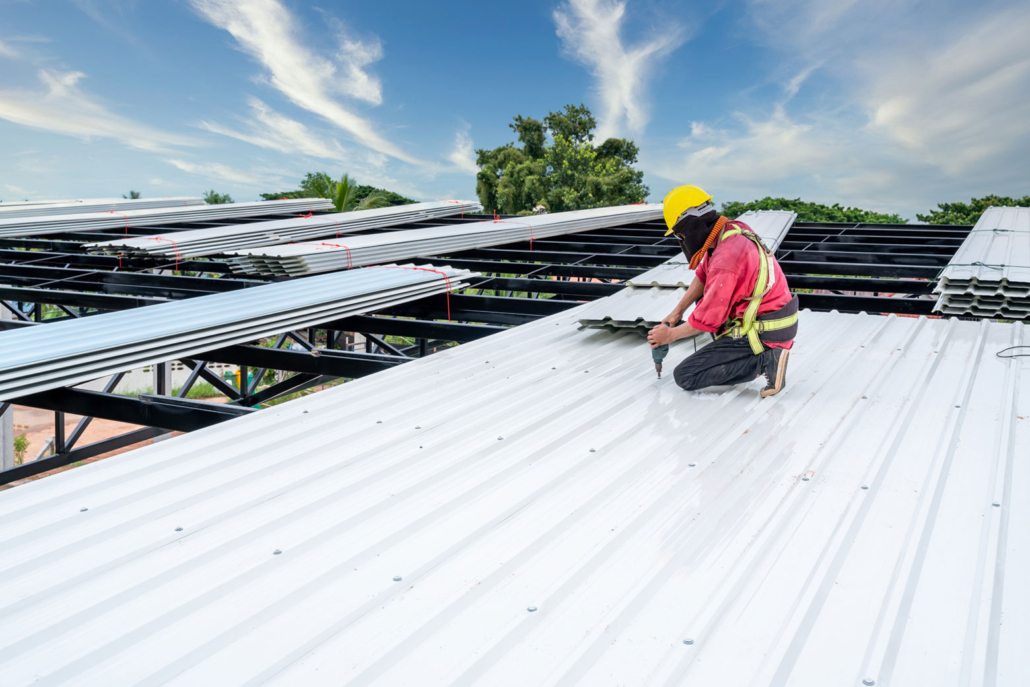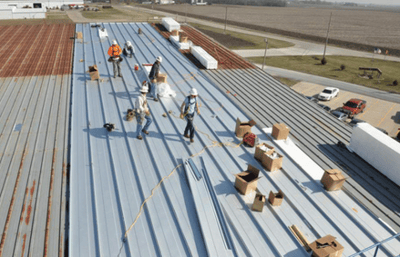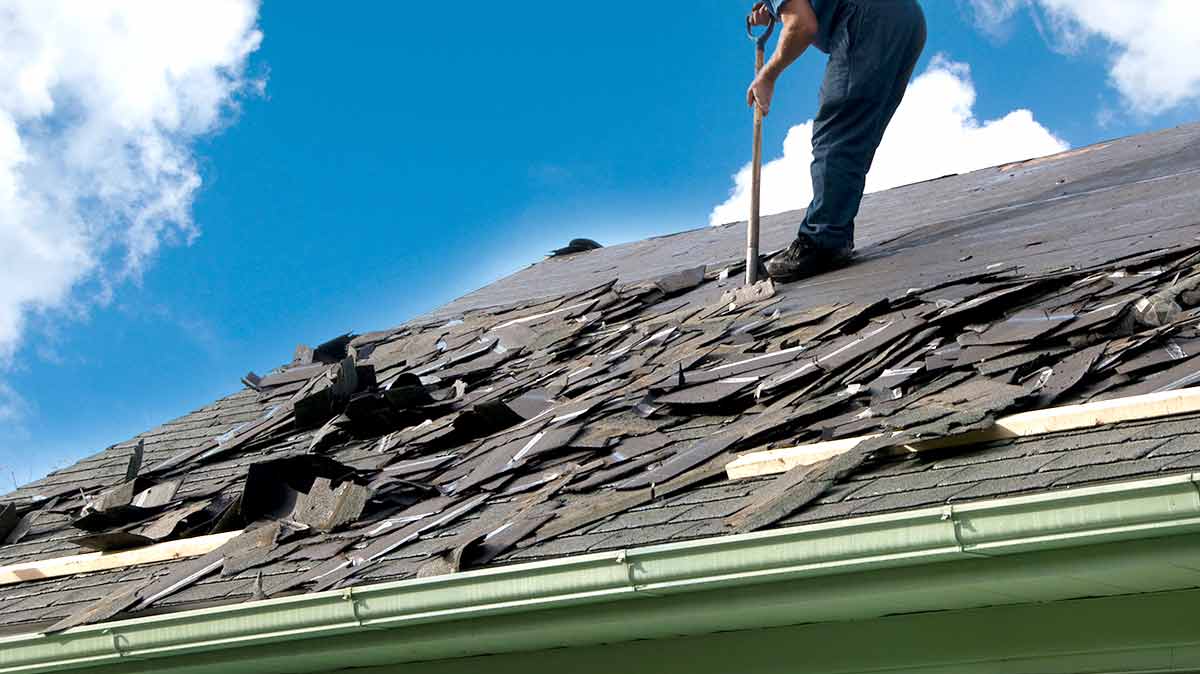A Thorough Overview of Roof Covering Substitute Options: Assessing the Best Roof Materials for Your Environment and Budget
When contemplating a roofing replacement, recognizing the interaction between climate problems and material choice is vital. Each roof choice, from cost-effective asphalt roof shingles to resilient metal and classic clay floor tiles, presents distinctive benefits and difficulties.
Understanding Environment Impact
Recognizing the environment effect on roofing replacement is essential for house owners considering this substantial investment. Numerous weather conditions can considerably influence both the performance and long life of roof covering products. For example, areas with severe temperatures may require roof that use premium insulation properties to control indoor temperatures properly. In regions susceptible to heavy rainfall, choosing products with improved waterproofing abilities is necessary to prevent leaks and water damage.

It is likewise important to consider the ecological influence of roof products in regard to local climate. Lasting alternatives that reflect warmth can aid reduce urban warm island effects, while energy-efficient products can add to lower energy usage. By comprehending these environment variables, homeowners can make enlightened decisions that straighten with their particular ecological problems, ultimately boosting the strength and performance of their roof covering financial investments.
Popular Roof Products
Selecting the appropriate roofing material is necessary for guaranteeing sturdiness, looks, and energy efficiency in a home. Various roof materials are preferred among homeowners, each offering distinct benefits fit to architectural designs and different climates.
Asphalt tiles are among the most extensively utilized alternatives due to their price, convenience of installation, and flexibility. Steel roofing, consisting of light weight aluminum and steel, is very long lasting and can endure extreme climate conditions, making it perfect for areas prone to severe environments.
Clay and concrete floor tiles are preferred for their long life and distinct appearance, often seen in Mediterranean and Southwestern architecture. They provide excellent insulation but can be larger, calling for strengthened structures. Slate roof is an additional premium option known for its remarkable durability and natural elegance, though it requires a greater in advance financial investment and knowledgeable installation.
Price Comparison of Options
When taking into consideration a roof covering replacement, the economic ramifications of different materials play a vital duty in the decision-making procedure. The prices connected with roofing products can differ considerably, influenced by elements such as material type, installation complexity, and regional rates variants.
Asphalt tiles, recognized for their cost, normally range from $90 to $100 per square (100 square feet), making them a cost-effective selection for budget-conscious property owners (Roof Replacement Coffs Harbour). On the other hand, metal roofing, while a lot more long lasting, can set you back between $150 to $300 per square, relying on the kind of metal used and the details of the setup
For those seeking visual appeal and longevity, choices like clay or concrete tiles can range from $300 to $1,000 per square, showing their costs these details pricing. In addition, slate roof can reach upwards of $800 to $1,500 per square, making it among one of the most costly products offered.
Ultimately, when examining roof alternatives, it is important to balance upfront expenses with the potential long-lasting benefits and power cost savings. A thorough cost analysis will certainly make sure home owners make informed selections that line up with their economic abilities and roofing demands.
Long Life and Maintenance
The long life and upkeep requirements of roof covering materials are critical elements that can considerably influence a homeowner's total financial investment. Various roof choices exhibit varying life-spans and upkeep demands, which can impact lasting costs and performance.

Clay and concrete ceramic tiles provide outstanding longevity, typically going beyond half a read more century, however they can be delicate and necessitate mindful upkeep to stay clear of cracking. Wood shingles and drinks can last around 30 years yet are prone to rot and insect damages, requiring cautious upkeep to keep their integrity.
Inevitably, the option of roofing product need to straighten not only with budgetary constraints but additionally with the wanted long life and upkeep level. Understanding these variables can help homeowners make informed choices that shield their financial investment and make sure the roof stays functional and aesthetically pleasing throughout its life expectancy.
Making Your Choice

Next, assess the lifespan and warranty related to each material. Some items may have a greater in advance expense yet offer higher longevity and reduced maintenance needs, inevitably conserving you money gradually. It's necessary to take into consideration the compromises between preliminary financial advice investment and lasting efficiency.
Budget plan restraints need to additionally direct your decision. Assign funds not only for the roofing materials yet also for setup, which can vary based on intricacy and labor expenses. Get numerous quotes from trusted service providers to guarantee a reasonable assessment of installation costs.
Lastly, think about the visual allure and how it aligns with your home's total layout. A well-chosen roof covering improves curb charm and can increase residential or commercial property value - Roofing Company Coffs Harbour. Evaluate these elements thoroughly to make an educated decision that satisfies both your financial capacities and practical requirements
Final Thought
In final thought, selecting the proper roofing product calls for cautious consideration of local climate, budget plan restraints, and the distinct properties of numerous products. Asphalt tiles use cost, while steel roofing provides remarkable longevity, and clay tiles guarantee long life. A comprehensive analysis of ahead of time costs, lasting performance, and upkeep demands will certainly facilitate informed decision-making. Inevitably, an appropriate roofing alternative boosts both the strength and worth of a building, guaranteeing an audio investment for the future.
Different weather problems can significantly affect both the performance and durability of roof materials.It is additionally essential to think about the environmental effect of roof products in relationship to local environment. Begin by assessing your local climate, as this considerably affects the efficiency of roof products. Designate funds not only for the roofing materials but likewise for setup, which can differ based on complexity and labor costs.In verdict, picking the ideal roofing material requires careful factor to consider of neighborhood environment, spending plan constraints, and the distinct residential properties of various materials.